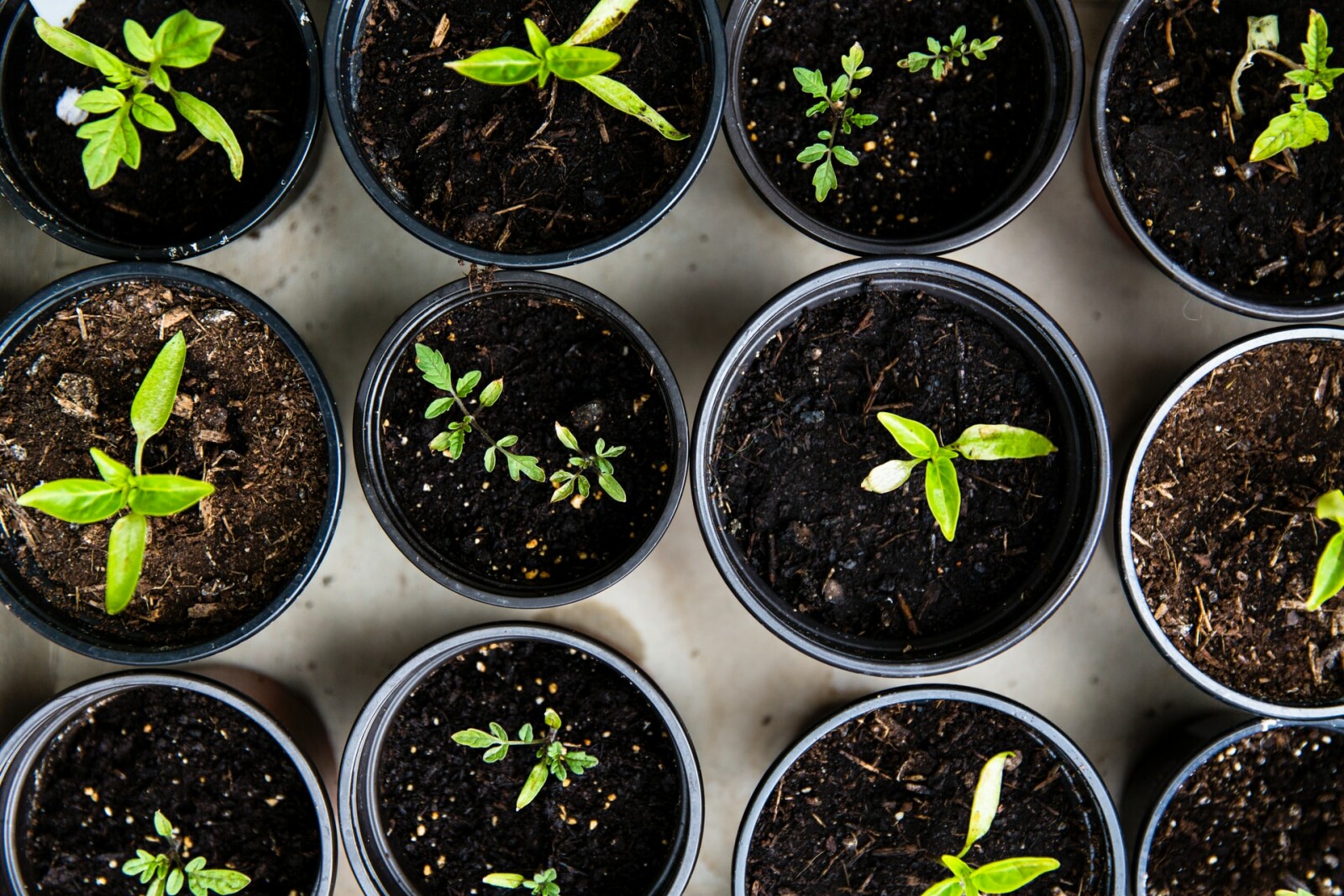
Now you need to know the date of the last likely spring frost in your area. It's pretty easy to google that to find it out. Once you have it, write your last frost date in spring on the calendar. That is your starting point.
I will use April 28th as the example since that is my last possible frost date.
Plant example #1 is pole beans. The package says to soak overnight and direct sow after the last frost. Since the actual date of last frost is an average or estimate, I wrote on my calendar “pole beans?” in mid April to start watching the forecast and will plant them as early as I think I can. If overnight temps are still in the 30’s I will wait till later in the month.
Plant example #2 is sweet bell pepper. The instructions say 8-12 weeks before the last frost to start them indoors. So I count back 12 weeks from April 28 and I’m on Feb 3, 8 weeks would be March 3. So any time in there I could start the pepper seeds indoors. (This is your window, based on your time and how much space you have for seedlings closer to spring. The earlier you start them the bigger they will be and the more space they will need.)
Broccoli is next. Depending on the variety these can vary a bit. I have a Walthan 29 that can be directly seeded 2-4 weeks before the last frost, and a Batavia that should be started indoors 4-5 weeks before. My experience is that earlier indoor start is better for my garden. Because I’m in a climate where I might have snow cover on the garden up until April 14th some years, it’s very tricky predicting when the ground could be thawed enough to get the seeds in. If I have an early spring, great, but it’s not always the case so I would prefer to have the plants already started early indoors. So 5 weeks before April 28th is March 17th and that’s when I write broccoli on my calendar.
Continue down your vegetable list and write each one on the calendar for when to start, based on the package instructions.
The main thing to consider is that starting indoors is to give the seedlings a good head start, but not let them get too big before it’s time to transplant them outside. Seedlings that get too big indoors can deplete nutrients, become root bound in a small container which will stunt growth, and have transplant shock later- which can also slow down a larger transplant and a smaller one will catch up to it. In these cases, the extra time growing indoors doesn’t benefit you in the production of food.
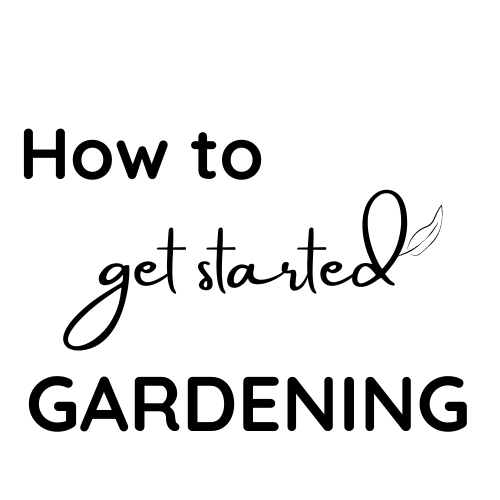
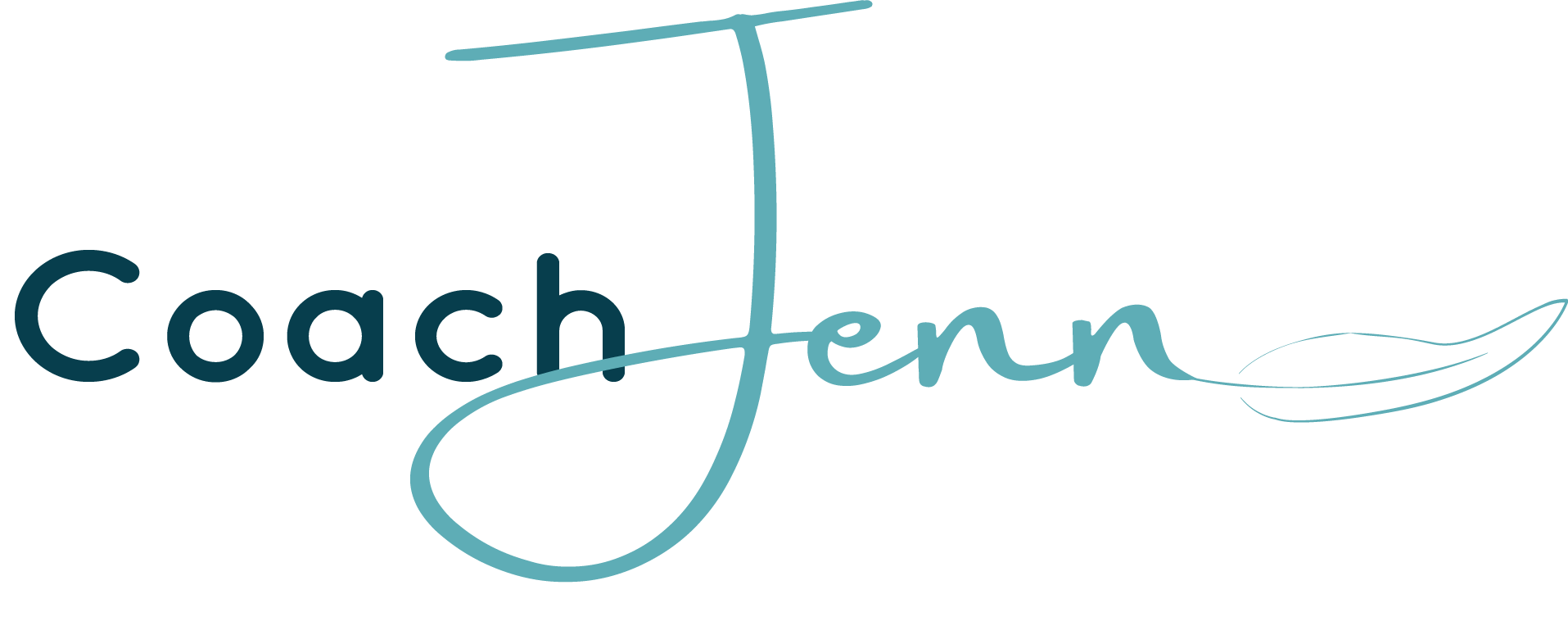

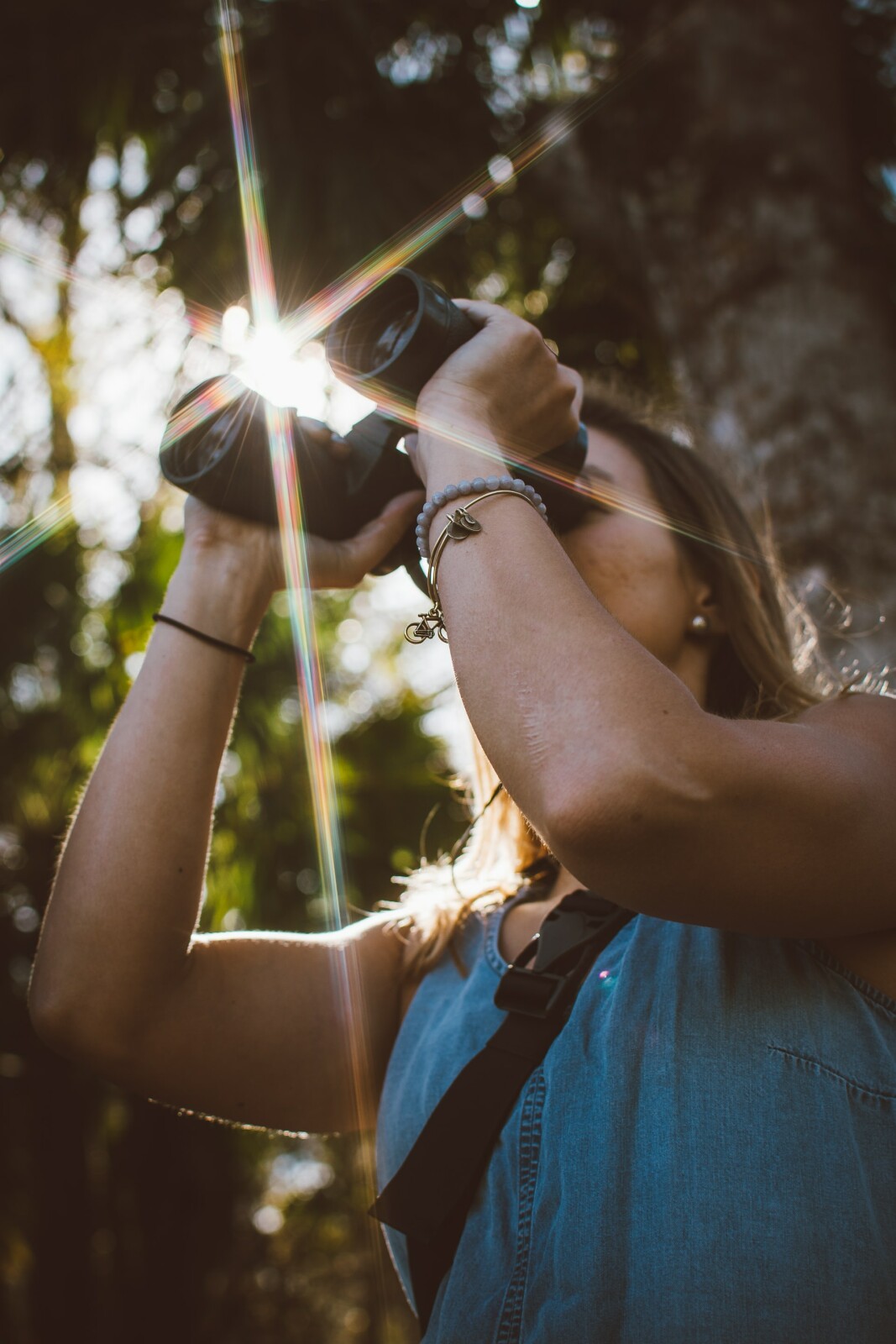
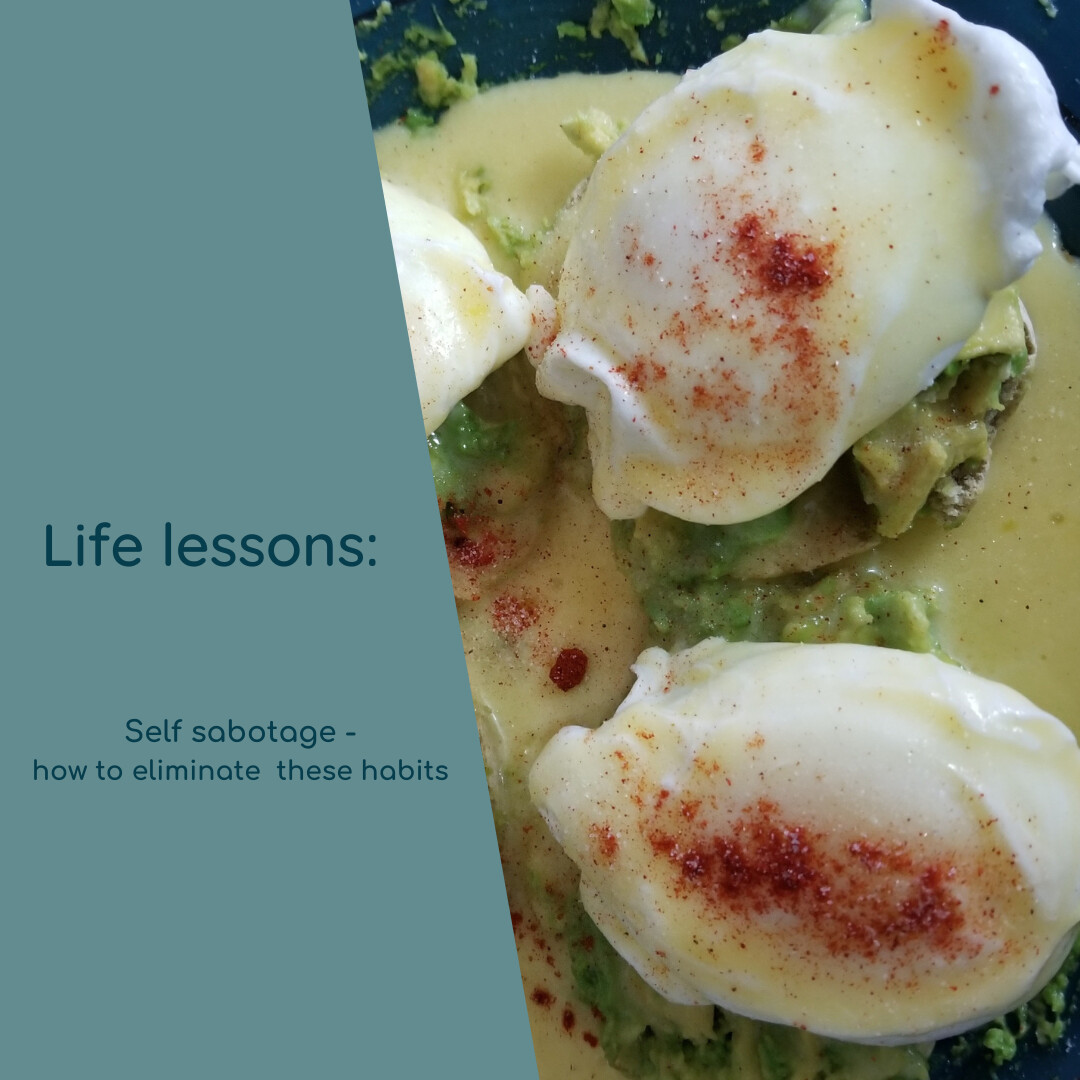
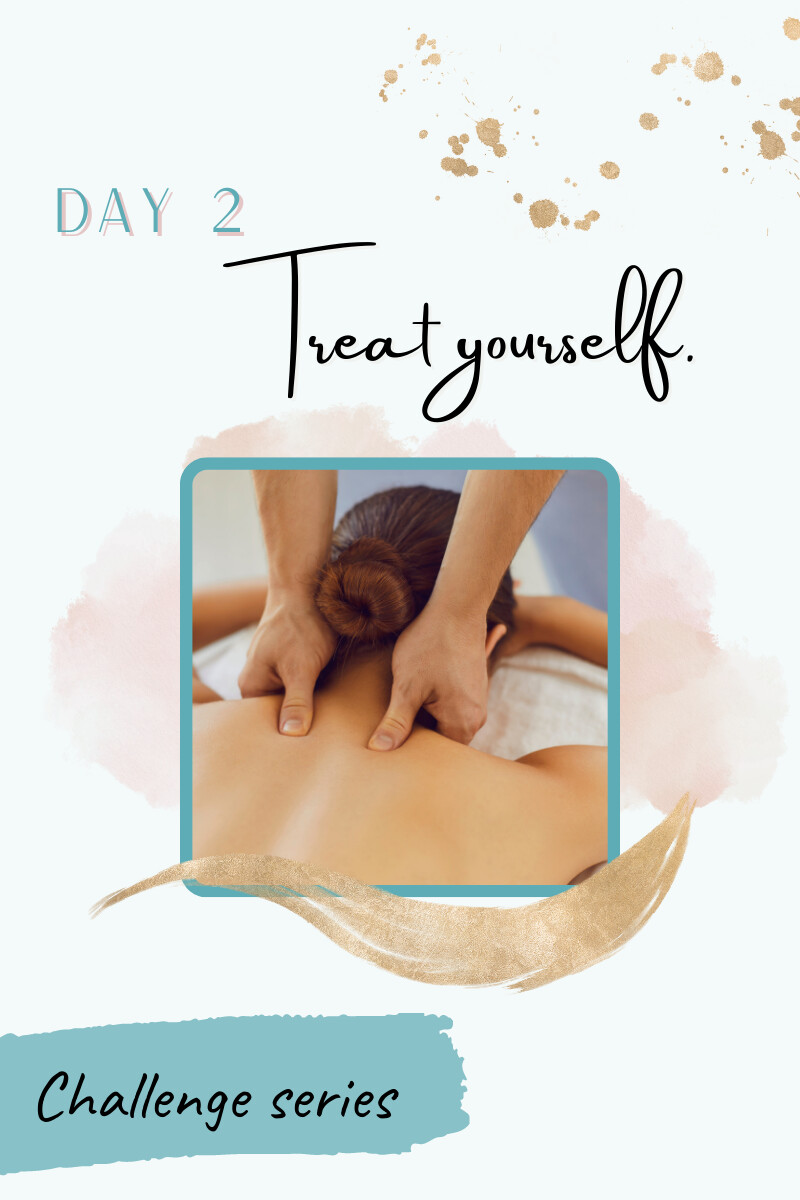

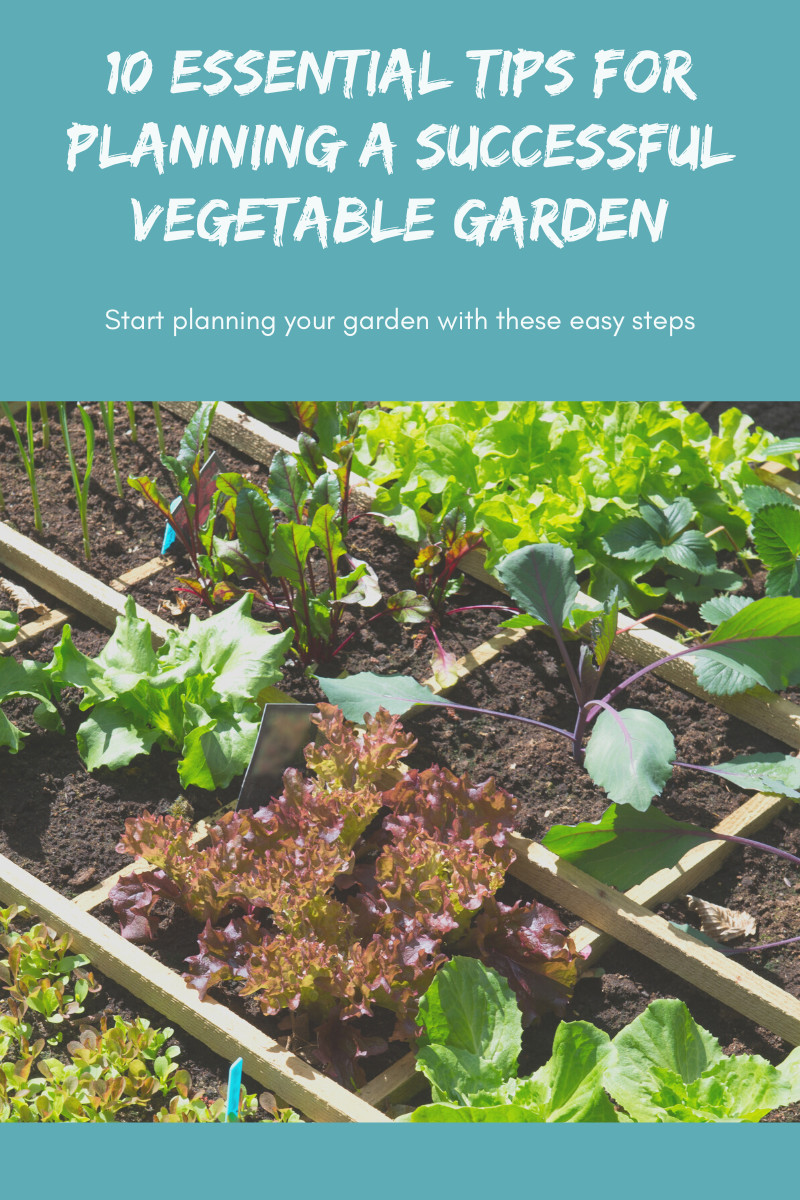
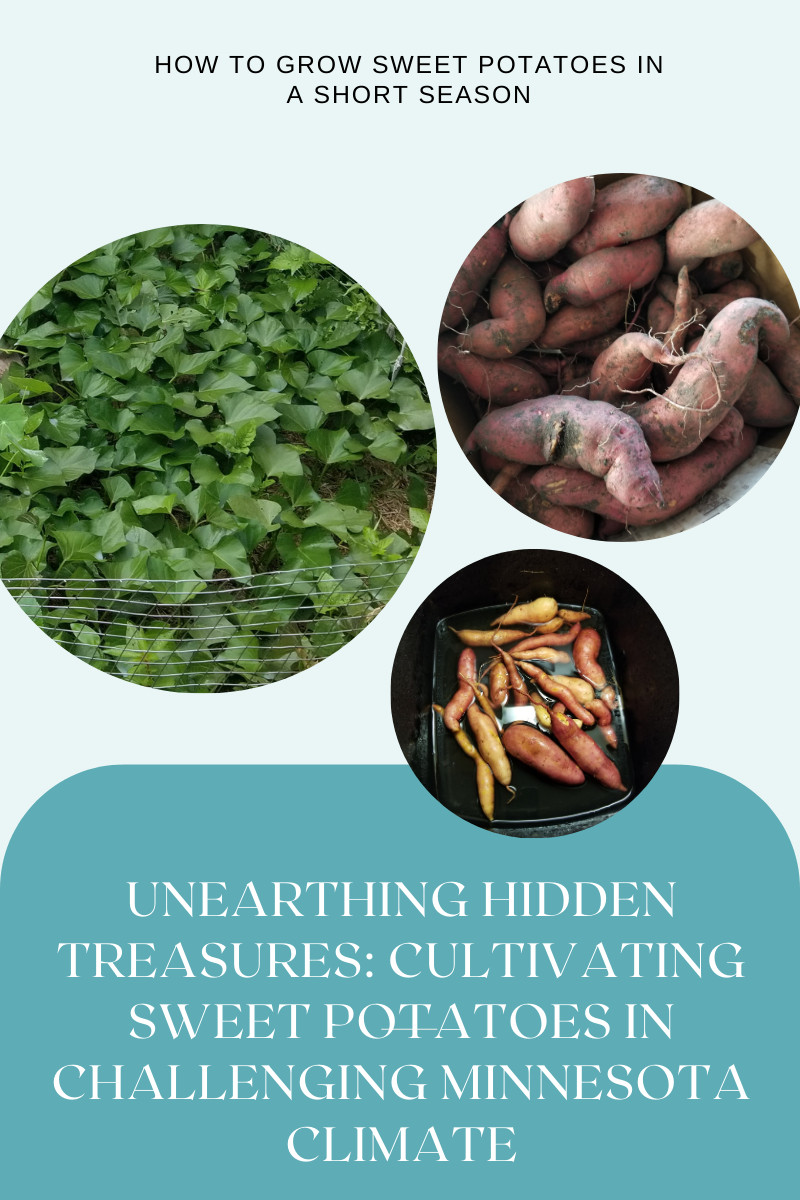
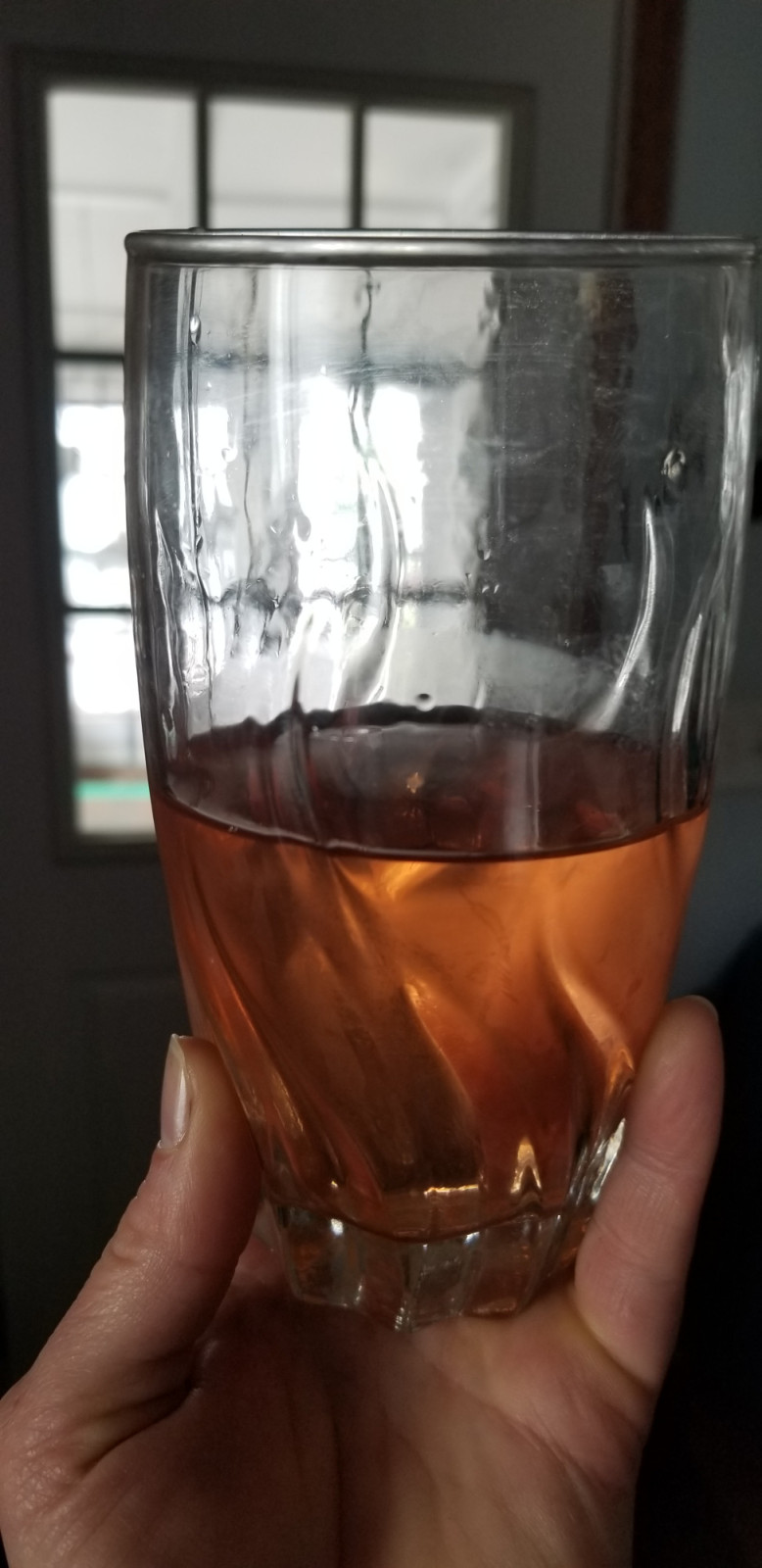
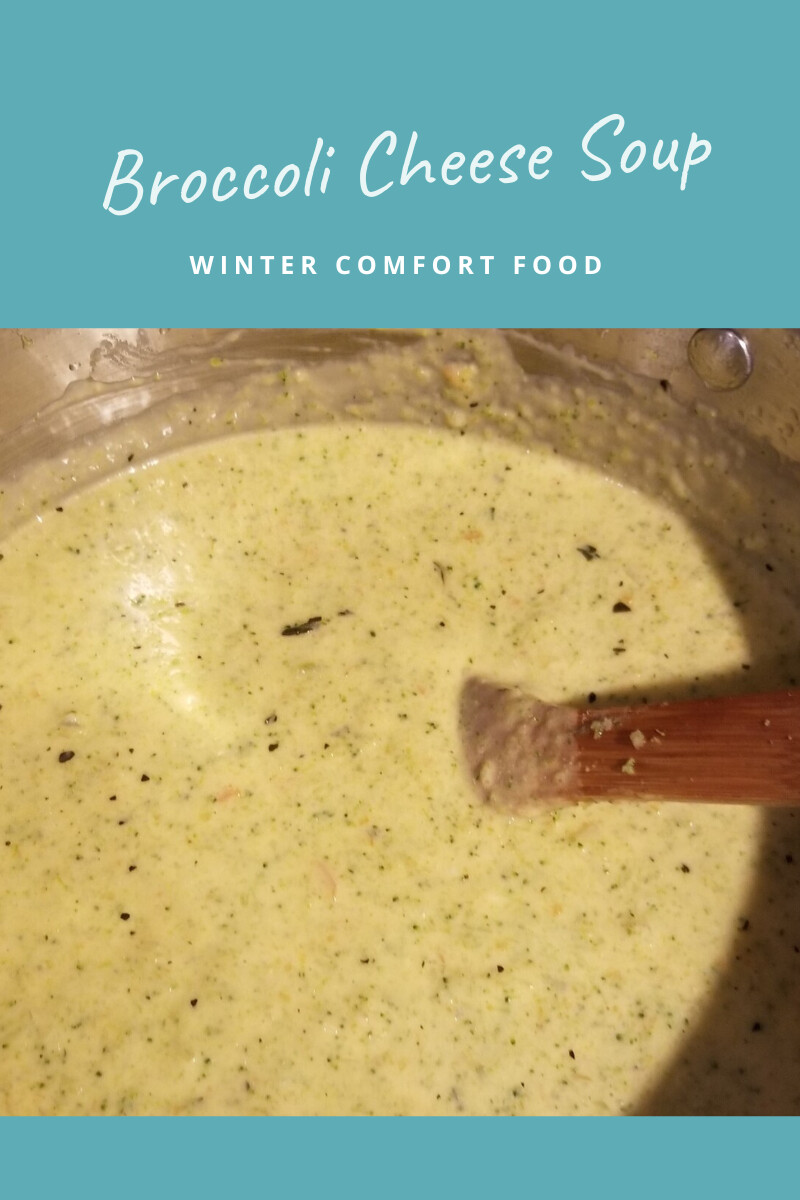
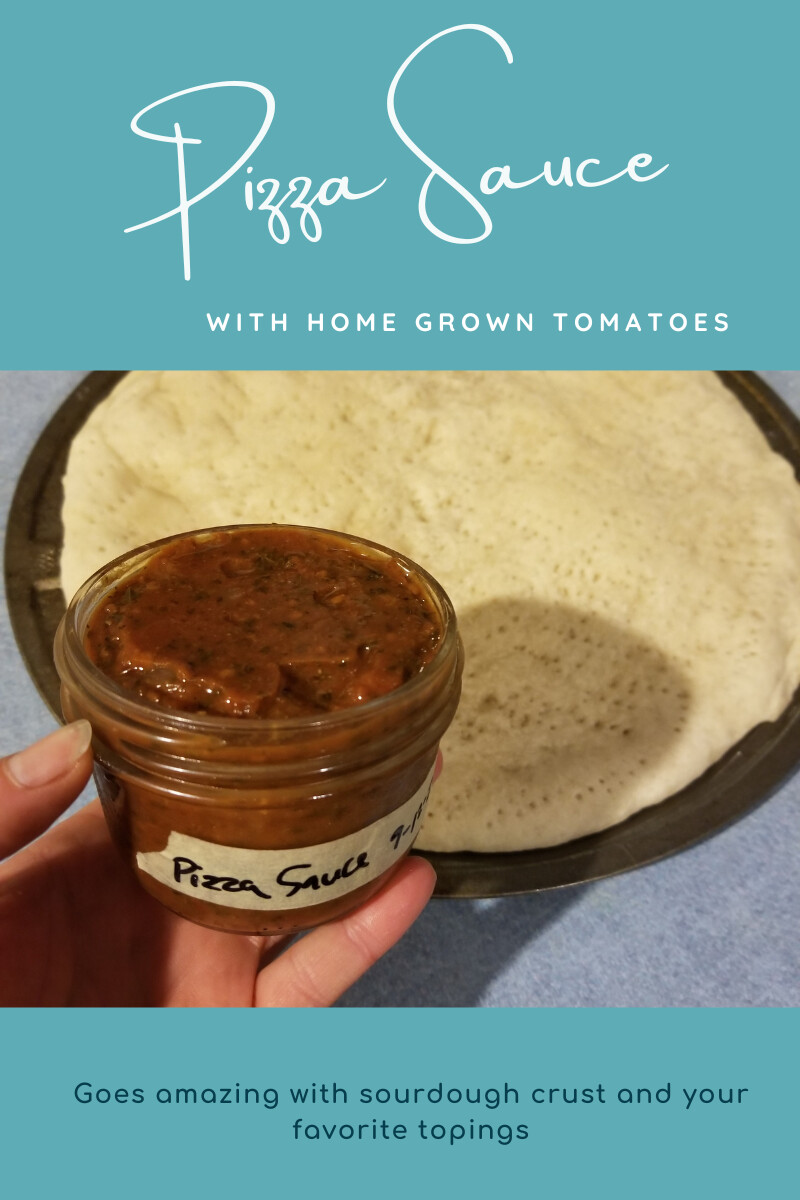
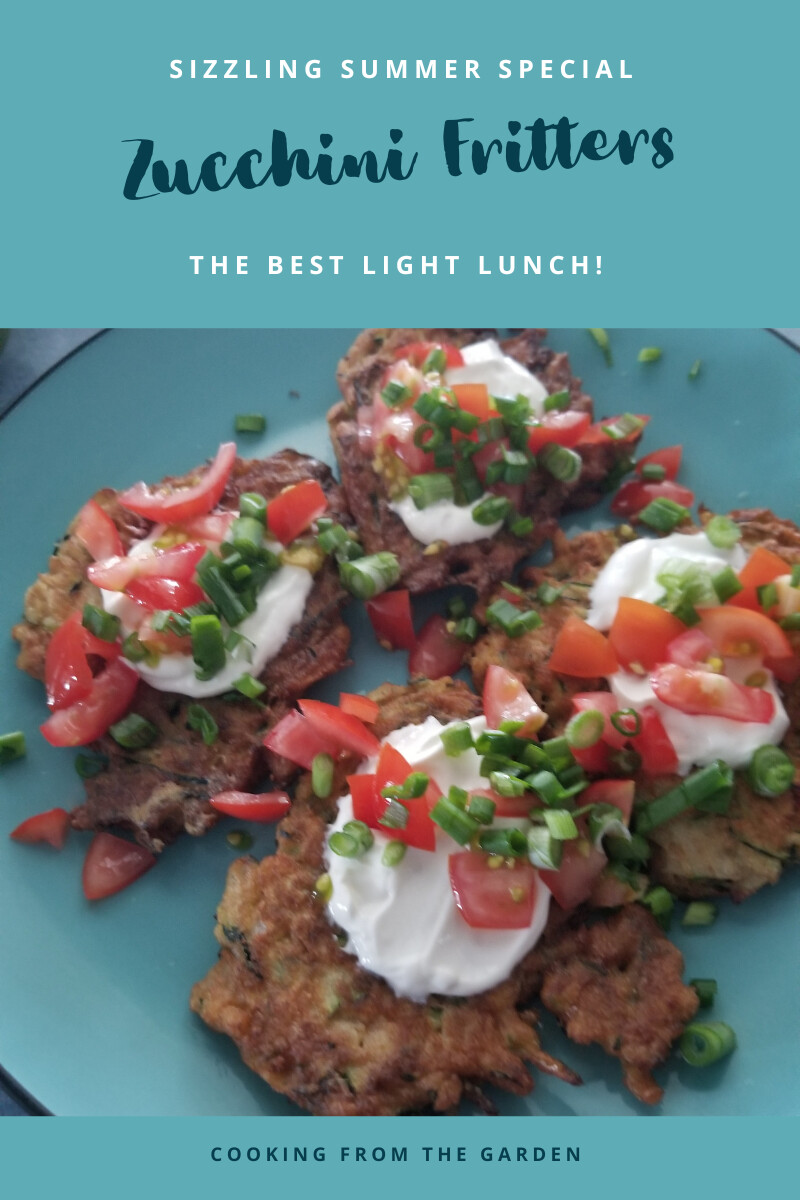

0 Comments